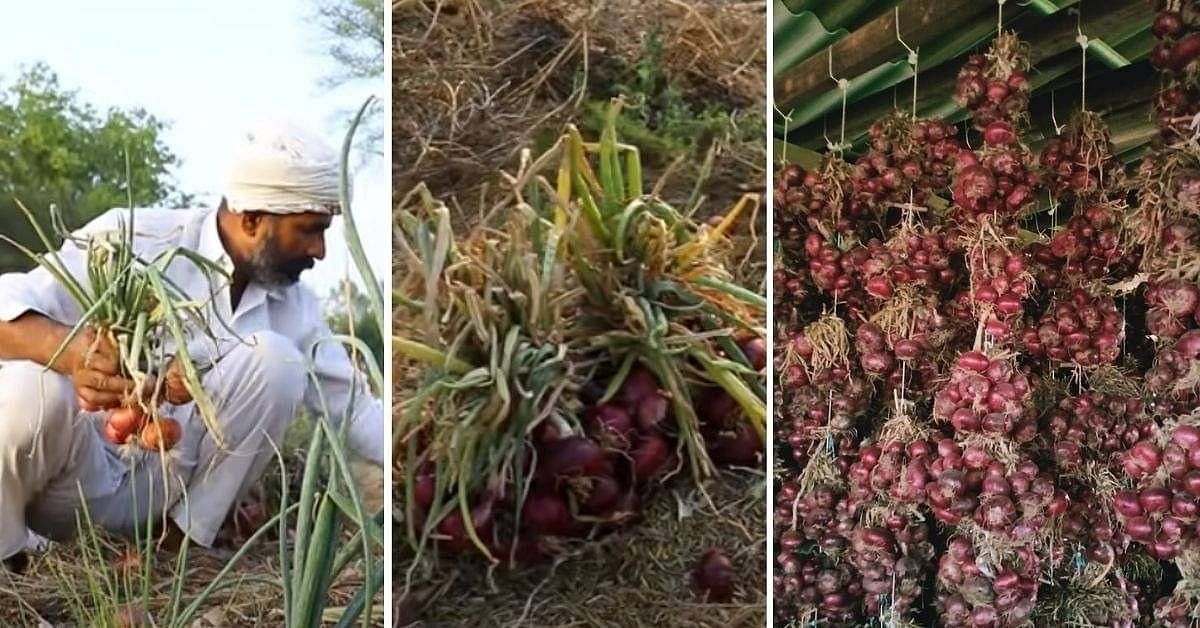From 'organic' to 'regenerative' and everything in between
Grocery shelves everywhere now feature a growing assortment of products advertising their climate-friendly credentials, from bone broth to breakfast cereals, rice, chicken, yogurt and more.
Photo and Next: iStock
Natural, sustainable, organic: yesterday’s news. When it comes to virtuous eating, “regenerative” is the buzzword du jour. But what exactly do these terms mean?
‘Natural’
This means a product is free of artificial or synthetic dyes, coloring, flavorings and preservatives. Items labeled “natural” can still contain genetically modified organisms, or GMOs, as well as ingredients grown using agricultural chemicals or synthetic fertilizers.
iStock
‘Free-range’
Use of this term only requires animals to have access to the outdoors. It doesn’t stipulate whether they do, in fact, spend any time there.
iStock
‘Cage-free’
This designation, typically applied to eggs, means just what it says: The animals can’t be kept in cages. But they can still be heavily crowded into a single barn.
Patrick T. Fallon/Bloomberg News
This browser does not support the video element.
‘Pasture-raised’
This descriptor implies that animals spend their lives roaming outdoors and eating grasses, but there is no federal standard for it and no regular inspections.
Getty
Soil health has always been at the heart of organic farming, but as the market has expanded and industrialized, advocates worry that a once-robust set of principles has been boiled down to mean little more than avoidance of synthetic fertilizers and chemical pesticides.
iStock
If “organic” is at risk of losing its soul, “regenerative” is even more susceptible to use and abuse by anyone who wants to telegraph climate-friendly values with little follow-through. For now, there is no single litmus test or legally binding definition to verify a product’s regenerative claims, but a few certifications have emerged to offer consumers more clarity →
Aimee Dilger/SOPA Images/Zuma
USDA Organic
This federally overseen certification requires crops to be non-GMO and produced without most synthetic pesticides and fertilizers. Grain and hay must be 100% organic, and livestock must be raised without antibiotics or added hormones and with the ability to engage in “natural behaviors,” like grazing on pasture.
Real Organic
This label is an add-on to USDA Organic, developed by and for producers that farm “to not only the letter, but also the spirit, of certified organic standards.” Additional standards mostly concern growing plants in fertile soil—not hydroponically—and raising animals humanely, on pasture.
Demeter
For foods grown biodynamically. This includes everything required under the USDA Organic rules, plus heightened rules for biodiversity and holistic practices such as relying on livestock, cover crops and crop rotation for soil fertility.
Regenerative Organic Certified
The most stringent regenerative certification. Farms must be USDA Organic and either carry a recognized certification for social fairness and animal welfare or undergo a thorough audit covering those areas. Additional requirements involve building soil health and sequestering carbon.
Land to Market
This regenerative verification program looks at outcomes rather than practices. Farms and ranches undergo annual inspections and testing to demonstrate measurable improvements in aspects such as soil fertility, water infiltration and biodiversity.
Certified Grassfed by AGW or AGA
The term “grass fed” is regulated by the USDA but not strictly enforced. These seals confirm that products come from animals fed a diet of 100% grass and forage, raised on pasture and never treated with hormones or routine antibiotics.
Many proponents of the regenerative movement say building around the USDA Organic certification—rather than creating an alternative—is key to ensuring that the term doesn’t lose its meaning.
Carlo Allegri/Reuters
Produced by Matthew Riva



